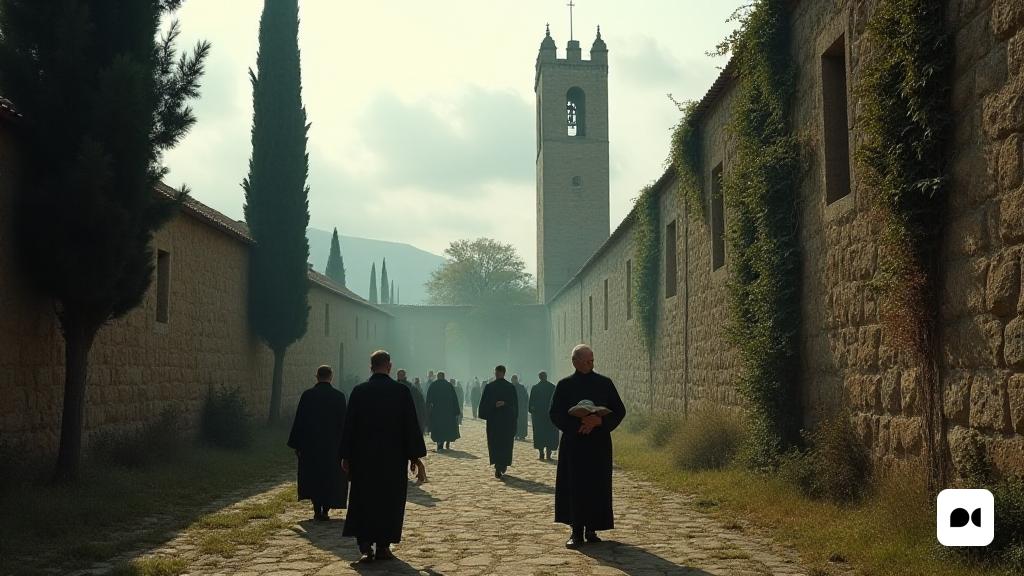Challenge to monastic life
The monastic community of Poblet faces a moment of great restlessness. In a recent conversation with the ACN, Abbot Rafel Barruè shared that only seventeen Monks inhabit the monastery, with four of them in nursing.
Over the last 25 years, the number of monks has reduced dramatically by half, and the situation has become especially complicated since 2020, when no new members have been ordained or have joined the community novices. However, Abbot is hopeful thanks to ‘We Work’, an innovative program designed to inspire vocations among youth.
A shared future
At the same time, the Cistercian communities of Spain, including the French Monastery of Boulaur, are organizing to merge into a single congregation by 2027. Barruè, who entered the monastery in 1999 as number 33, regrets the drastic decrease in members: ‘Sometimes we are only a dozen at Mass, and this is worrying.’
Monastic life and religious practice
The abbot reflects on the fall of religious practice in Catalonia, considering: ‘If people do not go to Mass, why should they become a monk?’ For him, monastic life is a radical commitment, and he rejects modifying his rules to attract more vocations, explaining that his ‘reward’ is eternal life.
Initiatives to revive vocations
With the ‘We Work’ program, the community seeks to discover monastic life for young people who may only see it as a distant idea. Barruè emphasizes that, despite the fact that some young people attend the Church, many do not know what life involves in a monastery.
Collaboration and unification
With the aim of strengthening its presence, the congregations of the Cistercian Order in Spain work to unify. This collaboration is sought with the community of Boulaur, which is currently not part of a congregation, in an attempt to help each other.
Poblet Foundation: A new start
Recently, the Poblet Foundation has been reactivated with the aim of promoting the cultural activities of the monastery. Josep Poblet, former President of the Diputación de Tarragona, presides over this new stage, which includes the management of cultural initiatives such as the Poblet International Organ Festival.
Economic recovery and tourism
The Populus Alba Foundation, in charge of the economic management of the monastery, has announced a financial recovery after the losses it suffered during the pandemic. In 2021, an ERO was implemented that affected several workers, but Abbot Barruè estimates that by 2032 the Foundation will be healed.
The monastery has seen an increase in visits, with 91,000 visitors last year, thus recovering at levels before Covid-19. Barruè emphasizes the renewed interest of tourists, especially schoolchildren, although the figures do not reach the highs reached between 2003 and 2005.
Collaboration with the Generalitat
In an effort to improve the monastery’s facilities, a bilateral commission has been established with the Generalitat. This collaboration seeks to adapt both the property and real estate, although the ownership of the monastery is still from the state.
Abbot Barruè expresses its preference to maintain state ownership, as this allows to continue to receive subsidies that help the preservation of the monastery.

